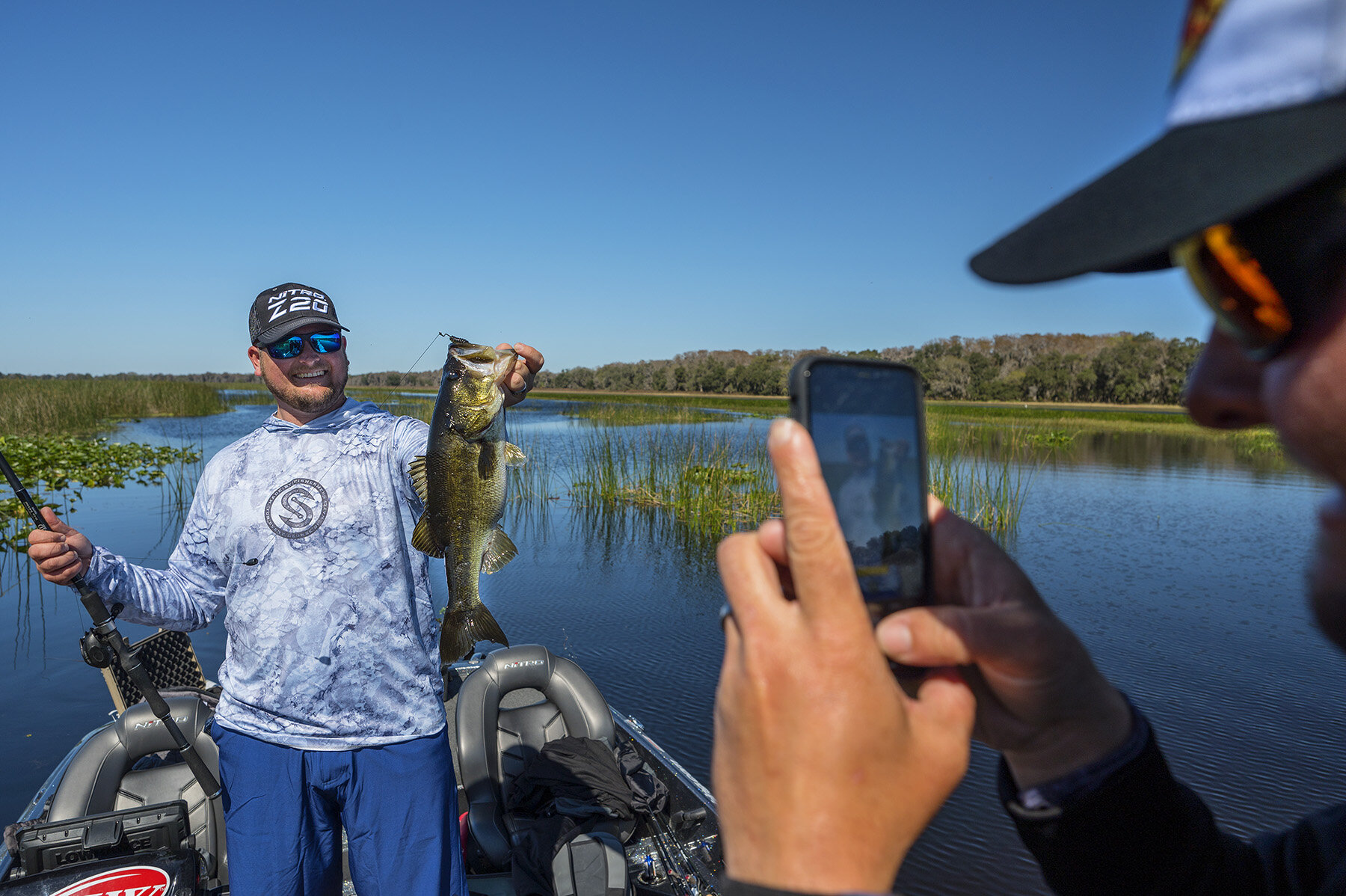Kayak Fishing: Beginner Lessons Learned
/As you have no doubt seen on the Sweetwater social media sites, I'm loving my Predator PDL kayak!
To be honest, being a self-described bass boat snob, I was skeptical about the move into a kayak, but I soon found out that the benefits of having such a compact, versatile, rugged and capable fishing platform were many, and my kayak has quickly become the perfect compliment to my bass boat.
Though I've been around boats my entire life, there is a bit of a learning curve when it comes to fishing out of a kayak.
From a beginner's perspective, here are a few of the things that I have learned so far.
"What's With The Life Preserver Kid"
Ok, I'll admit what everyone else is thinking- I don't like wearing life jackets. There, I said it, but on the same note, I know that I need to wear them, so I always do when the big engine is running on my bass boat.
Life jackets are simply one of the most important life saving tools you have at your disposal when boating, but when it comes to kayak fishing, they are even more essential.
Though the Predator PDL is an exceptionally stable fishing platform, even when standing up, it is still a kayak, which means that you run the very real chance of falling out if you lose your balance.
Yes, I'm telling you this from experience- so ALWAYS wear your lifejacket.
Tie it down
Another thing I have learned from experience is that you need to tether everything that you don't want to lose.
If for some reason you do flip your vessel, remember that whatever is in the kayak that isn't tied down is probably going to be fish structure depending on how buoyant it happens to be.
Oh, and if you don't keep everything tied down, I hope you at least have your lifejacket on, because as you scramble to retrieve a rapidly sinking GoPro camera you might just forget how to keep your balance. Yes, that happened.
Tackle Storage
One of the great things about kayak fishing, is also one of the challenges- tackle storage is minimal.
Although there is ample storage in my Predator, I can't bring the kitchen sink with me like I can in my 20' Nitro, but at the same time that's one of the benefits- I can focus on the essentials and concentrate on fishing.
Since there was a good bit of adaptation involved when it came to my tackle, I now have it dialed down to a two-tier tackle storage system that includes a tackle bag that carries five 3600-sized storage boxes, where I keep my hard baits, jigs, chatter baits, and terminal tackle.
Though my tackle bag has plenty of pockets for soft plastic baits, I still prefer to keep a variety of my Zman ElaZtech baits in the original bags and keep them all together inside of one or two gallon zip-locks.
Keeping it scratch free
One of my very first concerns when I first got the kayak was properly transporting it and taking it on and off my truck.
One thing that bothered me about taking it on or off the truck was the fact that it would rub against my paint job as I slid it onto my roof rack.
The best solution I found to remedy this is also one of the cheapest- a bathroom mat with a rubberized bottom. Bathroom mats are perfect because the rubber bottom clings to the roof while you push the kayak onto the roof and you won't ever have to worry about any scratches on your paint job!
The Right Strap
As I shared before, transportation is one of my biggest areas of concerns when it comes to doing everything right with the kayak. After all, without proper transportation practices your kayak can be damaged, or worse, it can cause damage or injury to someone else and their property.
One of the first things I learned about proper fasteners is that ratchet straps are not the ideal choice for kayak transportation. This was surprising to me because ratchet straps can tighten the most and create less chance of loosening. However, what I didn't think about was that ratchet straps often over tighten, causing the kayak to compress, compromising it's structural design and shape. The correct strap is actually a "cam" style strap which essentially just allows you to tighten it as much as you can by hand, without the support of an added mechanism.
In closing, kayak fishing has transformed the way I fish, but like any fishing platform you must adapt to it's nuances to be effective, efficient and safe.
I hope you put these lessons I have learned to good use!
Keep paddle'n
-Sonar
















